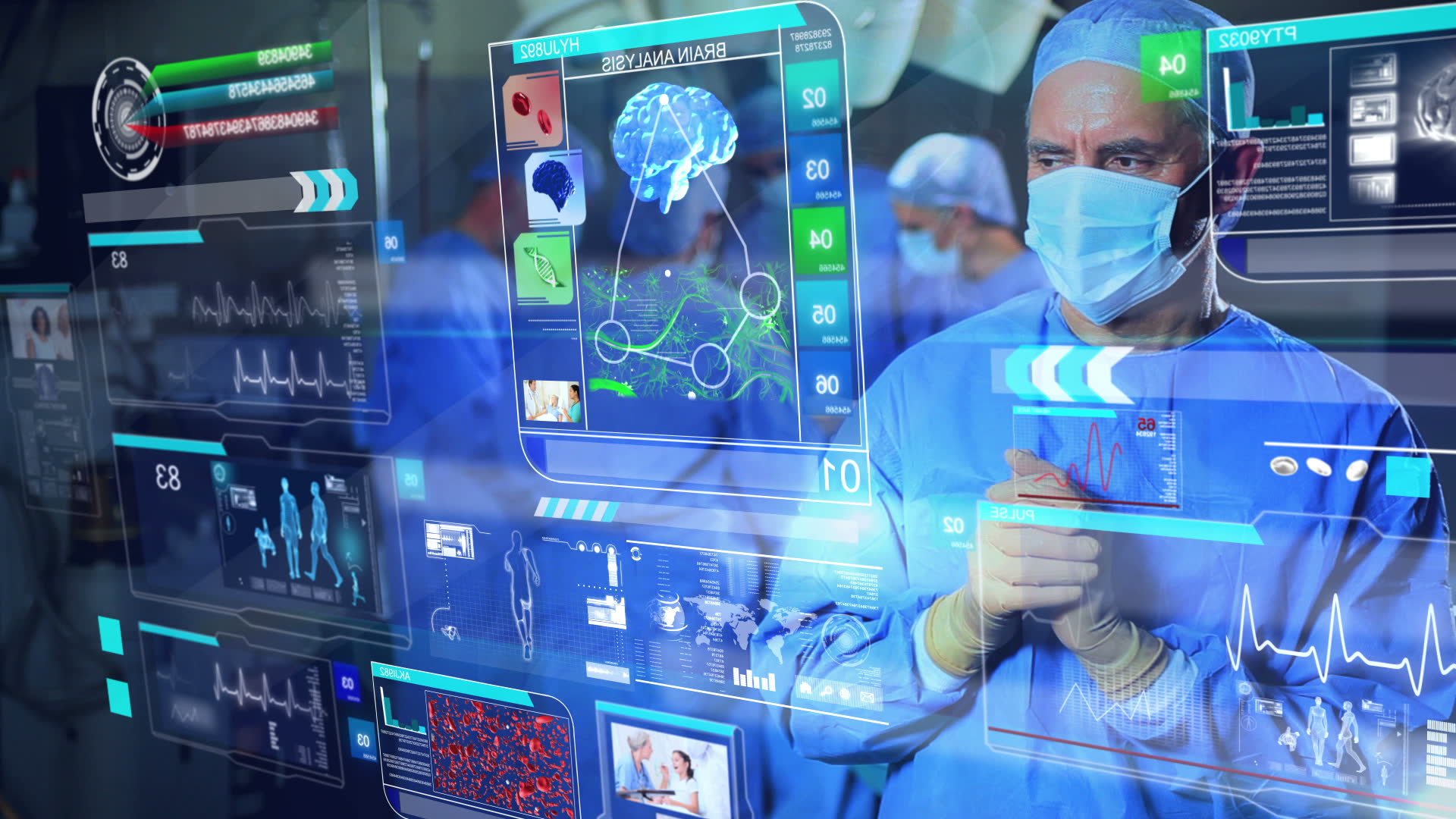HAS TECHNOLGY CHANGED MEDICINE?

BY HALLIE SMITH –  Technological advances have not only improved the processes used in the industrial sector of society, but have also drastically altered the way we live our day-to-day lives. One hundred years ago, no one would have thought about heating dinner in a microwave or hopping on an airplane to fly half-way around the globe. In modern society, incessantly ringing cell phones are commonplace; many with numerous apps capable of changing the temperature of your home, tracking your heart rate or suggesting healthy bedtimes and calorie intakes.
Technological advances have not only improved the processes used in the industrial sector of society, but have also drastically altered the way we live our day-to-day lives. One hundred years ago, no one would have thought about heating dinner in a microwave or hopping on an airplane to fly half-way around the globe. In modern society, incessantly ringing cell phones are commonplace; many with numerous apps capable of changing the temperature of your home, tracking your heart rate or suggesting healthy bedtimes and calorie intakes.
This influx of technology generated an inverse correlation between efficiency and employment levels. While the economy has turned from one based on agriculture to one dependent on industry, social classes have shifted and labor-saving machines have taken over jobs. Since machines have increased the efficiency and decreased the cost of production, more people are earning less money, causing a boom of population within the lower class. Family organization is no longer important. Technology does allow us to know what our friends and family are doing, but more emphasis is put on the outside world rather than the intimate relationships that families provide. Children become less interactive with their parents and the husband and wife connection grows weaker as each member of the family bonds to technology. Religious foundations are shaky. Technology has given people an outlook based on rational and scientific premises. With ever-advancing abilities to connect DNA samples, or determine the age of artifacts found at an archaeological dig, faith and trust are no longer necessary. People are more dependent on the knowledge they have acquired to make decisions than their religious beliefs.
As all of these technological changes have influenced American society, technology has also had a strong impact on the medical field. No one ever thought that a pacemaker could control an irregular heartbeat. Nobody knew that insulin could treat diabetes. No vaccines were known to prevent diseases. All of these treatments have been discovered within the last 100 years. No wonder our population’s average age is growing older and older by the minute. With such progressive medical practices, society has been able to push on through the many storms of life and, most of the time, prevent them before they even spark.
Each human being can now be investigated and defined at an individual level. Instead of testing an entire population for a specific condition such as breast cancer, technology is giving us the ability to individualize the methods for screening and treating illnesses. Doctors are able to focus on preserving health rather than preventing illness. This idea is shown through their ability to run an entire genome of a fetus to search for abnormal conditions expected after birth. On the other end of life’s spectrum, DNA testing can help in determining the cause of death. Every molecule of one’s body can be understood and analyzed to better care for that individual all throughout his or her life.
Yet, there are hindrances to the gastronomical improvements in medical technology. The greatest impetus for the medical field is the controls that the government has placed on local hospitals and doctors’ offices’ practices. The gridlock between the government and medical community does not allow for improvement of common practice; therefore, medical care given today is “one size fits all.” This approach cannot be expected to provide an accurate determination of illness in real life. Additionally, the pharmaceutical industry is not inclined to produce medicines for a defined section of the population as this may not produce the largest profits. On top of that, regulatory agencies are unwilling to take risks. With all of these hurdles to jump, prevention of disease has been put on the back burner.
As medical technology has improved, governmental practices have not. It is important for policies to shift as technology does so that medical care does not fall behind. The past 100 years have held great improvements for medical technology and practices. May the next 100 years be just as progressive.
